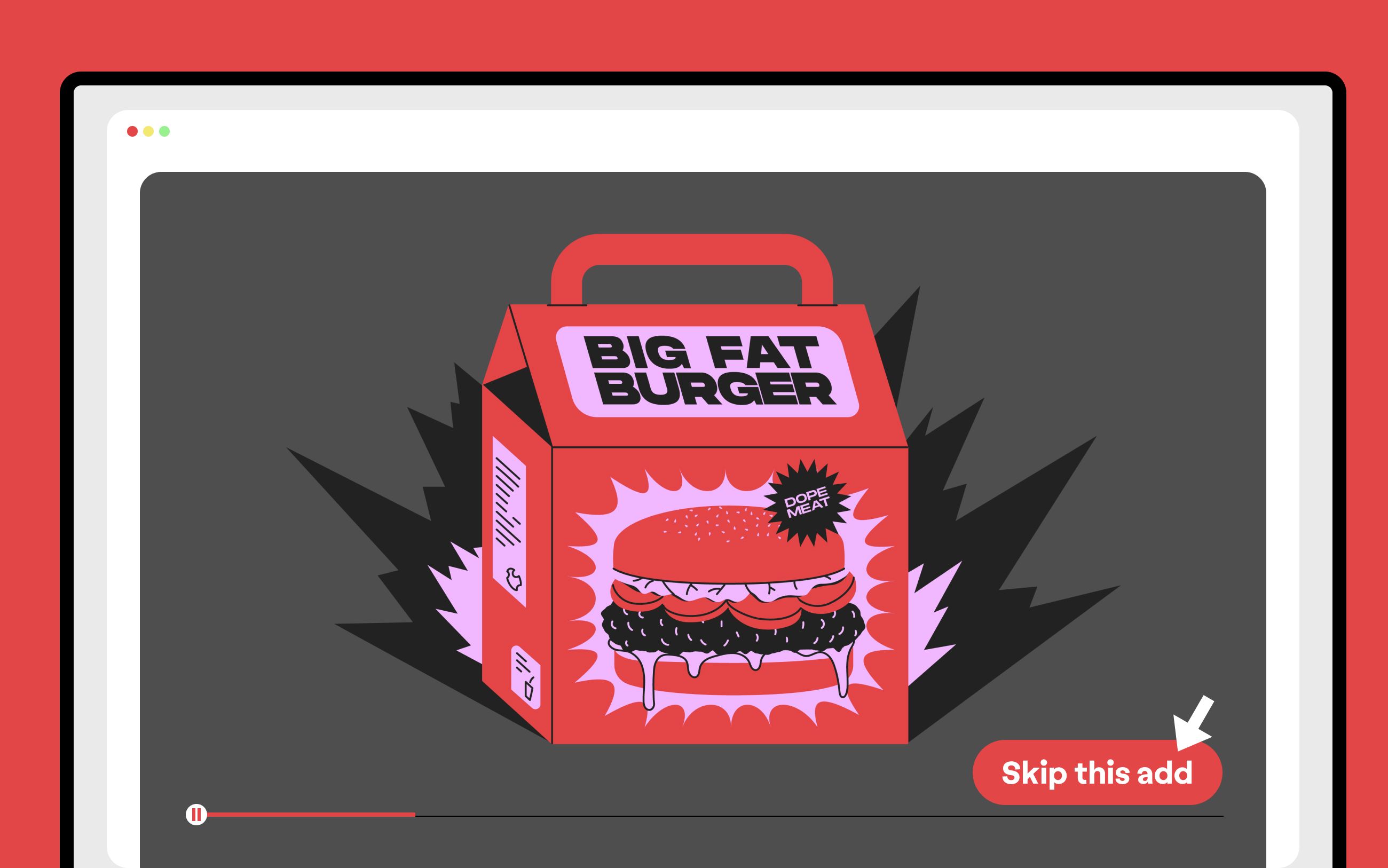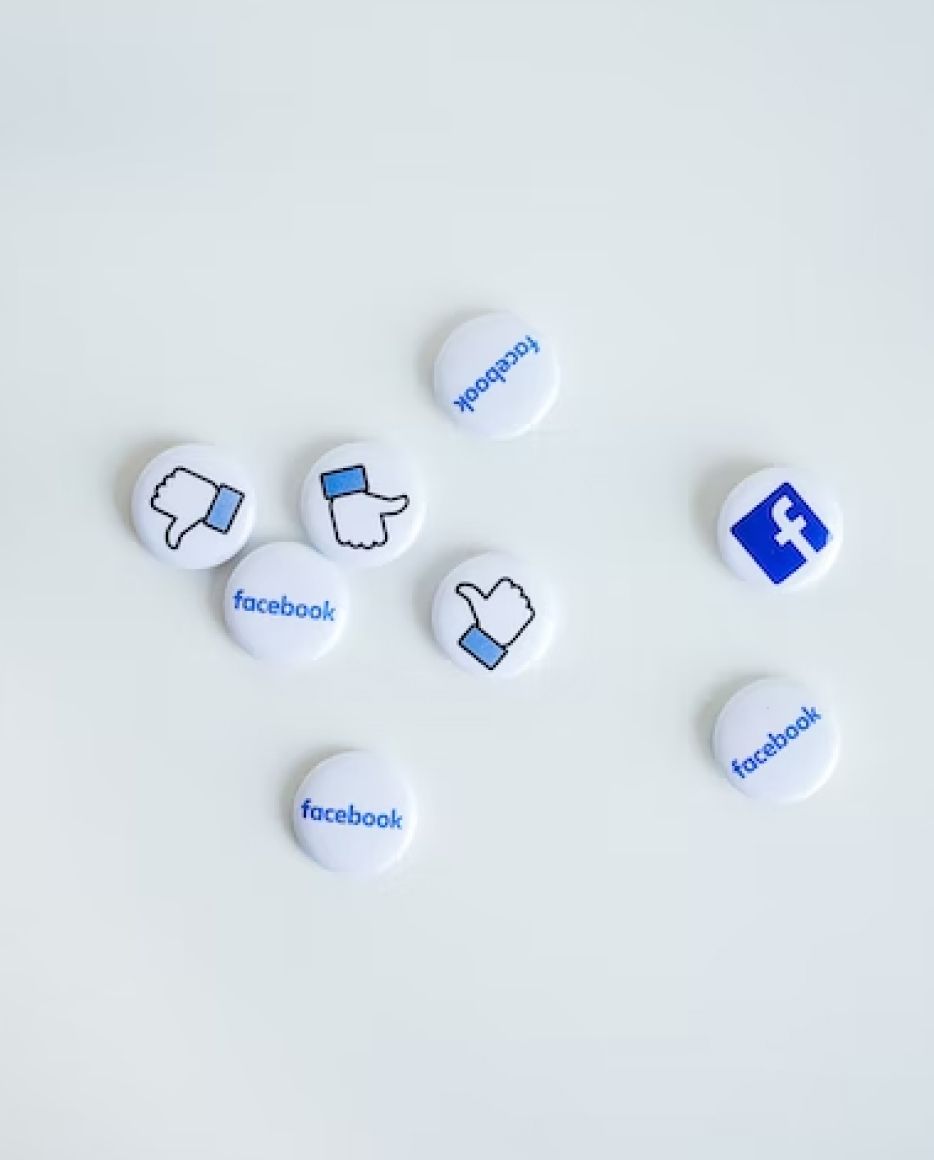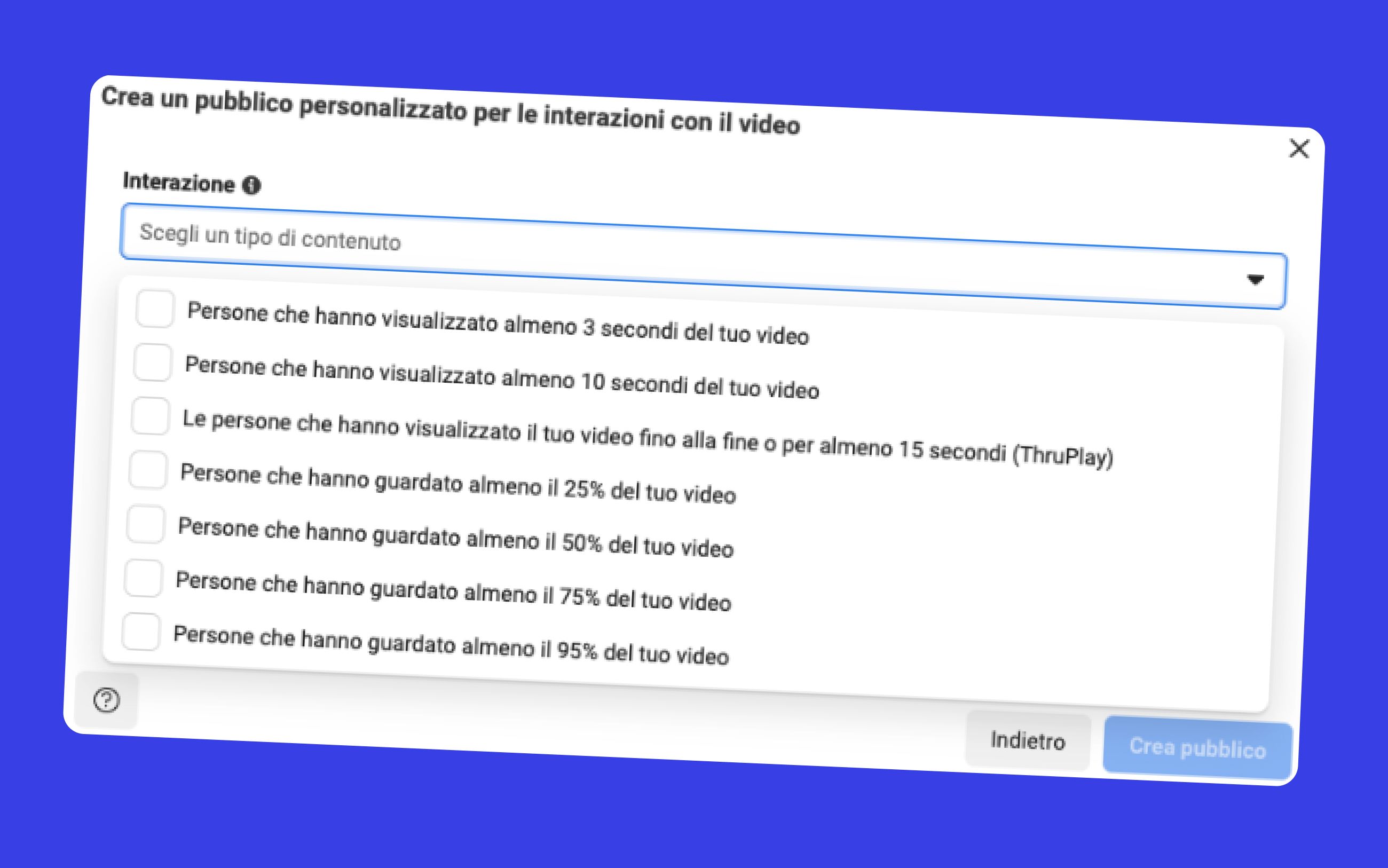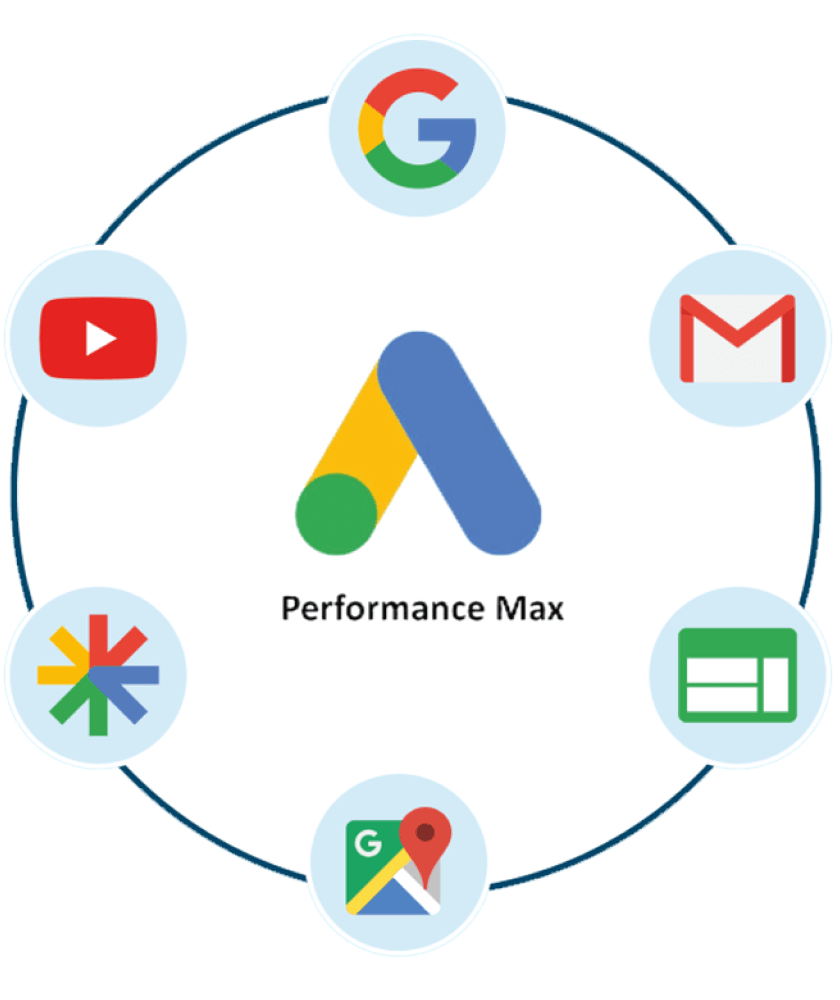Do videos or images perform better in an advertising campaign? Find out which format to focus on to create performing ads.


Index
- What are video ads and what types exist?
- What are the main categories of video ads?
- Advantages and disadvantages of video for advertising campaigns
- ADVANTAGES OF VIDEO IN AN ADVERTISING CAMPAIGN:
- DISADVANTAGES OF VIDEOS IN AN ADVERTISING CAMPAIGN:
- Ads platforms at your disposal
- Facebook Ads
- Google Ads
- What is display advertising?
- WHAT ARE VIDEO CAMPAIGNS?
- TikTok Ads
- Pinterest Ads
- BASIC PERFORMANCE
- CLICK THROUGHPUT
- ENGAGEMENT YIELD
- ENGAGEMENT
- What is PerformanceMax?
- Conclusions
What are video ads and what types exist?
There is no denying it: we live in a video-centric world. We cannot visit a website or browse social media without running into this type of content. Video has become an invaluable medium for promoting one's brand, interacting with the audience and conveying a clear message. For this reason, investing in video campaigns today can no longer be just an option, but a real necessity. 94% of marketers say that videos have helped make their product or service more understandable by users. (Wyzowl)
Video ads offer brands the opportunity to perfectly combine the strong visual impact of videos and storytelling. Indeed, through videos, companies can showcase products or services or tell a story, capturing consumers' interest. Ads also help brands move potential customers through multiple stages of channeling significantly faster than other touchpoints. 54 percent of consumers want to see content from the brands they support, reflecting the growing demand for video rather than written or audio content. (HubSpot)
How many and what types of video ads campaigns are there? The types of video ads are numerous and have different goals and benefits.
What are the main categories of video ads?
- In-stream video ads: definitely the most commonly seen type of video ads that people are most familiar with. They are mainly divided into linear and nonlinear ads. Linear video ads are played in the video player before, during, or after a video content. YouTube is a good example of a platform that integrates this type of ad. Nonlinear video ads, on the other hand, are played outside the main video. If the user clicks on the ad, the video he or she is watching will stop, but in case he or she does not wish to view it, he or she will be able to continue scrolling. All in-stream ads are played within the main video player where the actual content will be displayed. In-stream video ads can in turn be categorized into ignoreable and non-ignoreable.
- Outream video ads: videos that are not accompanied by other content. They are placed within a social network feed or within a blog post. They can be displayed upon scrolling the page being viewed. This type is certainly less intrusive to the user, who may choose to continue scrolling the feed or blog if they are not interested in the video. Clearly, video ads from Facebook, Instagram, and TikTok, among the most popular, fall into this category.
- Rewarded video ads: rewarded video ads are those that a user can choose to watch in exchange for an incentive. Because a user can choose to watch these ads or skip them, these video ads do not prove to be a burden on viewers and thus become beneficial to both parties involved: users and advertisers. Rewarded video ads are particularly prevalent in gaming platforms or in apps such as Spotify.
- Bumper video ads: video format of only six seconds to increase estimated brand recall and coverage. Viewers cannot skip the ad.
Advantages and disadvantages of video for advertising campaigns
Convincing someone to click on a static ad means impressing them sufficiently through a single eye-catching image or headline.
Video advertising, on the other hand, includes more elements that users may find relevant or engaging and more flexibility to communicate the merits of a product or service in a more comprehensive way. In addition, many video ads play automatically within the main content, without having to rely on the hope that people will click on it. Nearly 93 percent of companies say they have gained new customers through videos posted on their social accounts. (HubSpot)
On the other hand, when users have to click to watch a video, it means they have to actively interact; in such cases, engagement rates have been shown to increase dramatically.
What are the advantages and disadvantages of video advertising for businesses, compared to ads with static images?
ADVANTAGES OF VIDEO IN AN ADVERTISING CAMPAIGN:
- They stop scrolling in feeds: dynamic text, rapidly changing colors, and eye-catching animations interact to create an ad that is more likely to grab the user's attention;
- They get straight to the point: videos deliver information much faster than a block of text, getting to the point in seconds;
- They create more engagement: interaction with this type of content is greater especially on social media.
- They convey greater brand trust: through video, companies are better able to illustrate the benefits of their products and services.
- They get more coverage: thus more users see the video, for the same ad spend.
- They help generate leads and increase conversions: in fact, using videos demonstrating the product or service can remove a lot of doubt from the user who more easily chooses to convert;
- They are easily shared: all this will result in a significant increase in visibility in an "organic" way.
DISADVANTAGES OF VIDEOS IN AN ADVERTISING CAMPAIGN:
On the other hand, however, we must also take into account the disadvantages that come with this strategy. Indeed:
- Producing video content is much more time and resource consuming than images;
- Testing variations of video, for the reason stated above, is less straightforward;
- The information contained in a banner can be received by the user at a glance. In fact, not all communications require more structured video content, and for data messages a simple banner may be sufficient.
Ads platforms at your disposal
Facebook Ads
When it comes to Meta's video ads, not only do these perform better than their textual equivalents, but this platform definitely seems to reward them. Elements such as Facebook Watch, Facebook Live, Stories, and Reel are all geared toward video content. Indeed, it is not surprising that video ads have higher audience coverage than illustrated ads.
But that's not all: interaction with this type of content is greatest precisely on social media. On Instagram, for example, sponsored and organic video posts generate more engagement than their picture counterparts. The situation is quite similar on Facebook, where video ads reach 10-30% more people than other ad formats.

A recent study by Wistia even showed that visitors who interact with a video are substantially more likely to convert than those who do not. In fact, "marketing campaigns that include video experience 34 percent higher conversion rates." 88 percent of marketers find the ROI of their video marketing efforts on social media satisfactory. (Oberlo)
In addition, most important for advertisers, the use of video in Facebook Ads campaigns offers the ability to create custom audiences based on the % of viewing of these:

What does this mean? That the video format becomes particularly useful at a TOFU (Top of the Funnel) stage of advertising campaigns and allows us to create an audience for the following stages of the funnel formed of users potentially interested in our brand/product/service. In fact, we will manage to retarget only those people who decided to spend time viewing our videos, for example, watching 75% of them, excluding those who scrolled after very few seconds.
If we talk about the Meta platform, we cannot but delve into the topic of Instagram's Reels and thus ads in this placement. According to Instagram, "Reels is the best tool on Instagram to reach people who don't follow you and a growing global stage where brands and creators can be discovered by anyone. These ads will help companies reach a wider audience, allowing people to discover exciting new content from brands and creators." In short, a format not to be underestimated, allowing companies to reach a wider audience, and people to discover new inspiring content created by brands and creators.
Are we recommending abandoning images in any case? No, of course not.
What we are advising to evaluate is:
- the stage of the funnel of the campaigns in question
- the product or service being promoted
- the objective
- the target audience
Google Ads
Google's advertising platform, unlike other tools, does not allow us to determine a winner between video ads and images since the two contents are exploitable on different placements and often combined within a single strategy.
Before going any further, we need to make a distinction between display campaigns and video campaigns:

What is display advertising?
Display advertising is visual advertising based on the use of images, video, animation, and audio. These ads are placed on Web sites on the Internet. Display ads are banner ads and include many different sizes. Display advertising is a great way for companies to create brand awareness with generic messages. It is also a great medium for companies to connect with previous Web site visitors through retargeting.
WHAT ARE VIDEO CAMPAIGNS?
When we talk about video-targeted campaigns we are mainly talking about leveraging videos uploaded to YouTube as ads to be delivered primarily on YouTube itself but also on Google's partner websites and apps.
There are several ways to reach users at the moments that matter through YouTube ads. Through the various targeting methods available, such as demographic groups, interests, placements, and remarketing lists, you can reach specific or niche audience segments based on their users, their interests, and the content they view.
Now that we understand the distinction between the two types of campaigns, it is clear that we cannot speak of winners or losers but solely of combined actions of different formats to intercept the user at different times of their browsing.
This is one of the reasons why Google Ads has for some time now introduced Performance Max campaigns, designed to integrate search campaigns across all Google channels.
TikTok Ads
By now, it is clear to everyone how TikTok has become part of the essential marketing tools for so many companies, and talking about video advertising, we just couldn't not talk about it.
Proof that video ads are an essential tool for a marketing strategy is demonstrated precisely by the increasingly impactful rise of this tool where people communicate solely through the use of video content.
Again, therefore, making a comparison between images and videos becomes difficult given the impossibility of conveying images for this we try to better understand this tool and why and when we should use it.
Unlike other social networks, TikTok does not primarily show users the content of the accounts they follow but often shows video recommendations, generated algorithmically based on user behavior.
This results in high user engagement within the platform and consequently a perfect marketing channel where to convey ads.
The substantial difference, however, concerns the types of content conveyed.

Users using TikTok turn out to be more media savvy and aware of digital marketing than before, so they expect to see something more authentic, something that does not immediately look like a typical ad.
The natural consequence is user-generated content (UGC), and by that we don't mean classic content packaged by influencers or celebrities, but by lesser-known creators who know how to engage an audience.
If your ad fits naturally into viewers' feeds, they will be less inclined to ignore it maximizing both awareness and a possible conversion action.
Clearly, this is just one of the features of the tool but, as is often the case, we can infer that the best communication is the one that fits the style of the platform that conveys it.
Pinterest Ads
Video content on Pinterest is set to become more prevalent, and this has become even clearer following the introduction of Pin Stories.
Pinterest is a unique platform in that its users are actively seeking inspiration, searching for products and services, and appreciate branded content as it helps them in their search.
For many brands, this means seamlessly integrating ads between related pins, thus avoiding interrupting the user experience.
The feature that most distinguishes Pinterest in relation to other social advertising tools are the targeting criteria with which to reach your audience. In fact, in addition to "Interests" that as always represent fundamental assets to target Pinners based on other content they have interacted with you can also target your desired audience by keywords.
Another fundamental aspect is the quality of the video content that we are going to convey in our ads since Pinterest remains a social network that pays a lot of attention to the visual aspect, you have to make sure that your content is of the quality required by users and the platform for your ads to be successful.

When you launch a video campaign, your main goal is to get as many views as possible. But exactly what is the ultimate goal of these views: to generate awareness, consideration or conversion actions?
Let's look in detail at what KPIs to monitor and how they are divided according to the marketing objective:
- Awareness: views, impressions, unique users;
- Consideration: view-through rate, time to view
- Action: clicks, calls, registrations, sales
The most important metrics for video campaigns include:

BASIC PERFORMANCE
- Coverage which is the number of users reached by your video ads.
- Impressions: metric that indicates how many times your ad appeared to reached users.
- Views indicates the number of times users watched or interacted with your video ad.
- Viewing percentage: is the number of views or interactions the ad received divided by the number of times the ad appeared.
- Average cost per view (CPV) i.e., the average amount you pay when a viewer watches or interacts, depending on which event occurs first.
CLICK THROUGHPUT
- Clicks indicate the number of times users clicked on the video. These can be further qualified in the presence of a CTA such as in the case of "link clicks," "unique clicks," and the associated average CPCs that provide a better understanding of ad performance.
- CTR is the number of clicks received by the ad divided by the number of times the ad is published. This metric is expressed as a percentage value.
ENGAGEMENT YIELD
- Interactions indicates the number of clicks on interactive elements such as teasers and icons to expand any tabs in the video.
- Engagement rate corresponds to the number of interactions the ad received (e.g., clicks on the tab teaser and icons) divided by the number of times the ad was published, expressed as a percentage.
- Playback time this metric can be expressed as a percentage value (25%/50%/75%/100%) or in seconds. Both metrics give us insight into user engagement while viewing.
ENGAGEMENT
- Actions obtained: are recorded when a viewer watches a video ad and then performs a related action on YouTube. Here are the types of obtained actions measured by Google:
- New Subscribers or Followers: the number of users who voluntarily decide to follow your page or channel and thus receive content and updates from it.
- Final conversions actions that can mainly concern actions of our interest following the viewing of a landing page distinguished into micro or macro conversions according to the objective of the campaign, such as:
- Purchases
- Calls
- Collected leads and related CPL
What is PerformanceMax?
Performance Max is a type of goal-based campaign that allows advertisers to increase conversions through the use of multiple Google ad placements in a single campaign including Search, Display, Discover, Maps, Gmail and YouTube. This type of campaign allows for automated bidding, budget optimization, audience segments, creative and attribution.
Like almost all advertising platforms, Google is trying to implement increasingly automated campaign management so that any user can approach the tool and get real results.

Conclusions
As we have seen, the video format seems destined to continue its career as an excellent advertising tool in the decade to come.
The benefits of video for businesses are literally countless, and the data presented above prove it. Animated videos can help companies build long-term relationships with customers and promote their products in creative ways. There is probably no better way to educate people on how to use products/services, tell their brand and engage users. This is not to say that illustrated ads are completely obsolete and that you should simply forget about them. After all, not all information is worthy of a video, and as always the only way to decree a winner always remains testing, testing and more testing targeting and creativity.
Want to find out which video ads are most effective for your business? Need help boosting the results of your current ad campaigns? Contact us to talk to us about your project and goals, we are ready to help!
